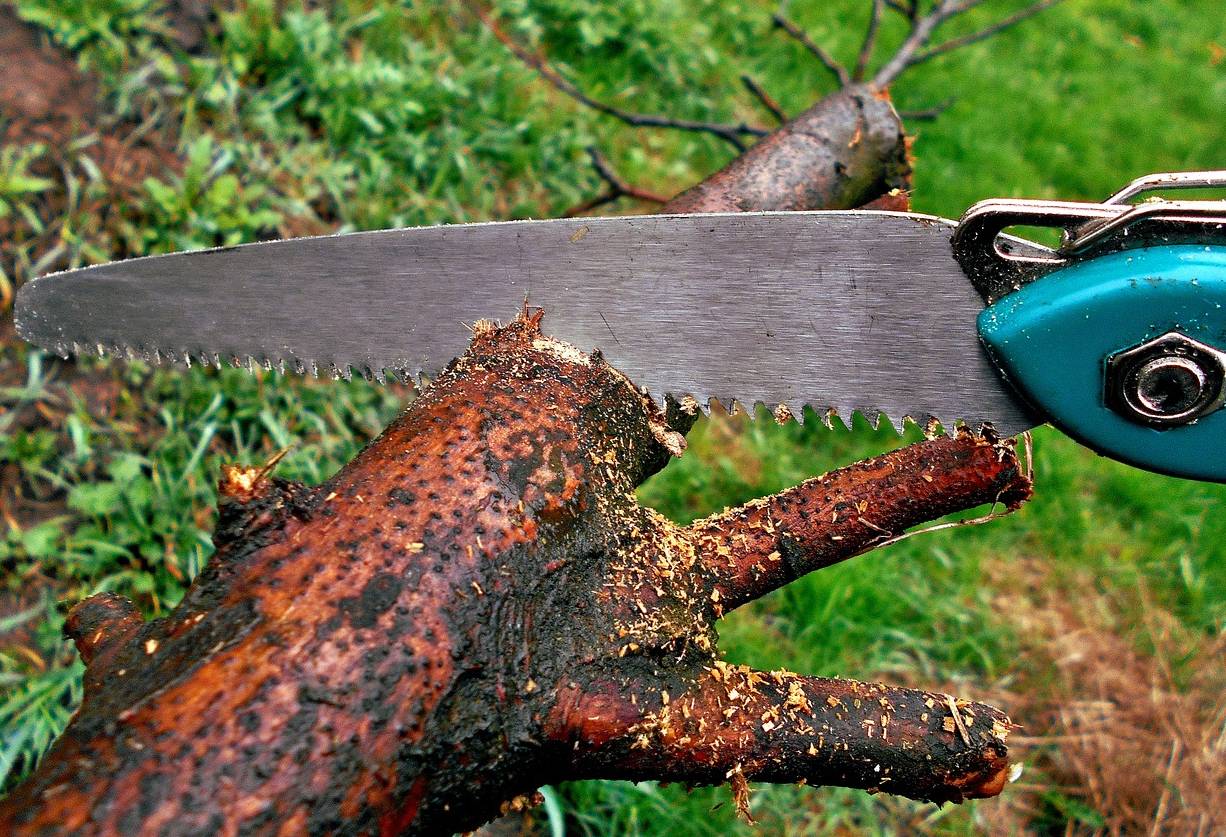Pruning Fruit Trees

Pruning fruit trees is an essential practice to maintain tree health, encourage fruit production, and manage growth. Proper pruning techniques vary depending on the type of fruit tree and the desired outcome, but the fundamental principles remain consistent.
Why Prune Fruit Trees?
-
Encourage Fruit Production: Pruning helps direct the tree's energy toward fruiting rather than excessive vegetative growth.
-
Improve Tree Health: Removing dead, diseased, or damaged branches prevents the spread of pests and diseases.
-
Shape and Manage Growth: Pruning helps maintain an open canopy for better air circulation and sunlight penetration, which improves fruit quality.
-
Increase Longevity: Well-pruned trees live longer and remain more productive over time.
-
Control Tree Size: Most fruit trees require pruning to manage branch spread and height, which also encourages new fruit-bearing areas.
-
Provide for Light Penetration: Good light quality throughout the tree increases fruit bud development and enhances fruit quality.
When to Prune
-
Dormant Season (Late Winter to Early Spring): Most fruit trees benefit from pruning when they are dormant, before new growth begins. This reduces stress and promotes vigorous spring growth.
-
Summer Pruning: Light pruning during the growing season can help control excessive growth, improve light penetration in the fruiting zone, and remove water sprouts or undesirable wood.
-
Avoid Late Fall Pruning: Pruning too late in the season can make trees more susceptible to winter damage.
How to Prune
-
Remove Dead or Diseased Wood First: Cut back any broken, dead, or infected branches to a healthy part of the tree.
-
Thin Out Overcrowded Branches: Remove branches that cross or rub against each other to maintain an open structure.
-
Control Height and Shape: Trim back overly tall branches to make harvesting easier and maintain a balanced shape.
-
Make Clean Cuts: Use sharp pruning shears and cut just outside the branch collar to encourage proper healing.
-
Use the Right Tools: Hand pruners for small branches, loppers for medium branches, and a pruning saw for thicker limbs.
Training and Pruning Young Trees
-
Central Leader System: Used for apples, pears, cherries, plums, and apricots. A single dominant trunk is maintained with scaffold branches spaced along it for good balance and strong structure.
-
Open Center System: Preferred for peaches and nectarines, as it increases yield and improves fruit quality by allowing more sunlight to reach all fruiting wood.
-
Year of Planting: Newly planted trees should be pruned to encourage strong scaffold branches.
-
Dormant Pruning, First Year: Select one central leader and two to four wide-angled scaffold branches.
-
Dormant Pruning, Second Year: Continue selecting and balancing scaffold branches while keeping the leader dominant.
-
Dormant Pruning, Third Year: Maintain tree structure and ensure even distribution of fruiting wood. Prune for balanced growth, keeping the upper and lower branches proportionate.
Pruning Mature Trees
-
Maintain a balanced framework to allow good light penetration throughout the tree.
-
Remove damaged or diseased wood annually.
-
Avoid over-pruning to prevent excessive vegetative growth at the expense of fruit production.
-
Thin out undesirable growth and competing leaders.
-
Retain fruiting wood and spurs for optimal fruit yield and quality.
Proper pruning leads to healthier, more productive fruit trees that will provide abundant harvests for years to come.
For more information, contact your local county Extension office.
By Sherri Sanders
White County Extension Agent - Agriculture
White County Cooperative Extension Service
501-268-5394
ssanders@uada.edu